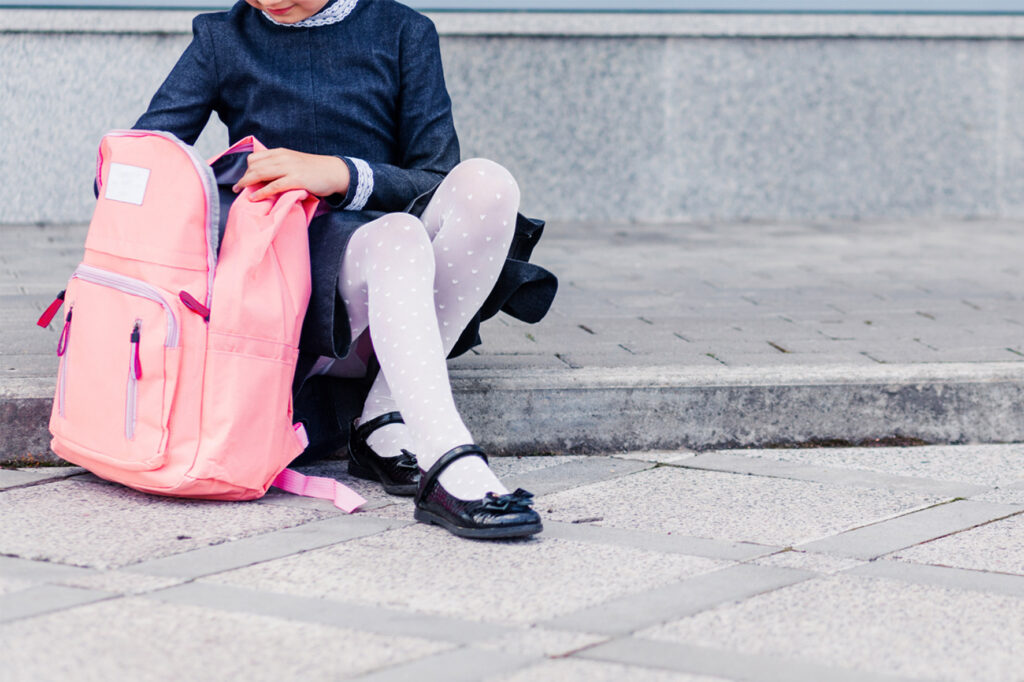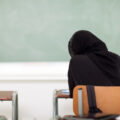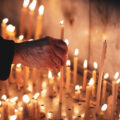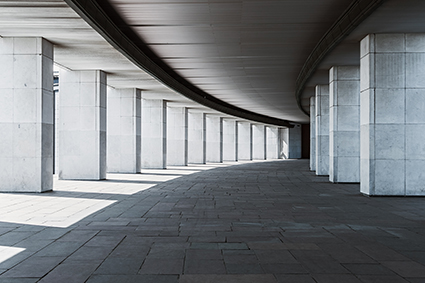Serbia: Religious Education frozen at the starting point
Serbia: Religious Education frozen at the starting point
Religious Education in Serbia, almost two decades after its return to the education system, still faces significant challenges.
This article is part of our series on the role of religion in education across Europe.
There is no place for religious education in communism
After the Second World War, Serbia was one of the member states of the Socialist Federal Republic of Yugoslavia which was behind the Iron Curtain. Religious Education (RE) was not present in the education system, and the Orthodox Theological Faculty was expelled from the University of Belgrade.[1] The Serbian Orthodox Church had to support the secondary theological schools as well as the Orthodox Theological Faculty from its own financial resources.[2] Agrarian reforms carried out in Yugoslavia deprived the Serbian Orthodox Church of large assets, so its financial resources were greatly reduced.[3]
For these reasons, the Serbian Orthodox Church had limited opportunities to develop its educational institutions. In secondary schools throughout Yugoslavia, as well as in Serbia, Marxism was taught, which propagated the communist regime.[4] Religion was considered the main ideological tool of the ‘exploiters’ in the fight against the ‘oppressed masses’. Therefore, people needed to get rid of ‘harmful religious prejudices’ and consistently instill in their consciousness a ‘scientific view’ of the whole world.[5]
The resurrection of Serbia and RE
The last decade of the twentieth century marked the emergence of nationalism in the Yugoslav federal states. This resulted in the disappearance of a unique sense of Yugoslav nationality, but also of the communist regime. In Serbia, nationalism and national symbols were reappearing, and the Serbian Orthodox Church guaranteed the Serbian identity. The civil war lasted for most of the 1990s, and during this time, Marxism was abolished as a subject.[6] Serbia emerged from the civil war as a member of the new Federal Republic of Yugoslavia, which consisted of Serbia and Montenegro. A major religious community in both federal republics was the Serbian Orthodox Church, which hoped that religious instruction would return to the education system.[7]
Confessional RE as an elective subject
As of September 2001, the new democratic authorities in Serbia decided to return confessional RE to primary and secondary schools in the Republic of Serbia.[8] Upon its return, RE received the status of an elective subject. In the 2001 polls, about half of the students chose to attend RE classes.[9]
An alternative to RE is the subject of Civic Education. Each student opts for RE or Civic Education twice in primary school, and once in secondary school.[10] If a student decides to attend RE classes, they also decide which denomination’s classes they will attend. Each student can choose between RE of seven traditional or historical religious communities: the Serbian Orthodox Church, the Roman Catholic Church, the Islamic Community, the Jewish Community, the Slovak Evangelical Church, the Christian Reformed Church, and the Evangelical Christian Church in Serbia-Vojvodina.[11]
Religious communities and RE
All churches and religious communities which are registered in Serbia can establish their educational institutions, from kindergartens to faculties, in accordance with Serbian law.[12] The state guarantees the right to RE in all state and private primary and secondary schools.[13] Religious communities submit the curriculum of the RE to the Minister of Education, and the Minister then asks for an opinion on that proposal from the Commission for RE in Schools. Only after receiving an opinion from this Commission, the Minister decides on the adoption of the plan and program of RE.[14]
18 years later
After 18 years of RE being part of the Serbian education system, 433,490 students voluntarily opted for RE classes, which is 52.2% of all students in primary and secondary education.[15] As seen in the chart below, most of these students attended Orthodox RE.[16]
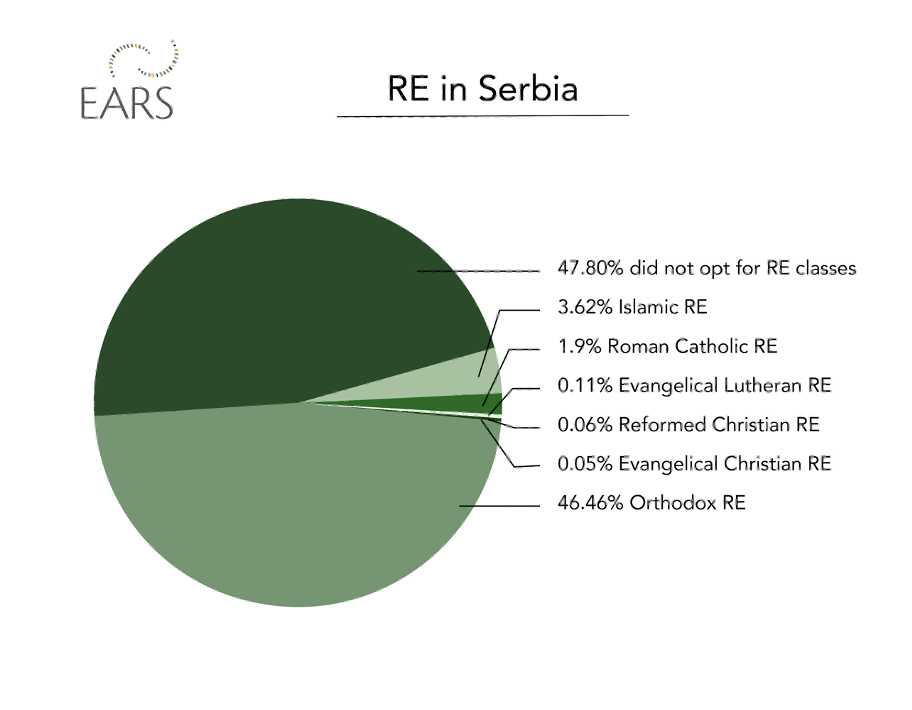
Orthodox RE has only one textbook approved for all grades, which has been in use since the return of RE to the educational system.[17] However, a new textbook of Orthodox RE is currently being prepared by religious teachers.[18]
RE teachers have a relatively weak status in schools, since they are employed on a one-year contract. The Education Minister at the time, Mladen Šarčević, has stated that the status of religious teachers will change and that they will receive permanent employment contracts.[19] Another interesting issue is the fact that the majority of Orthodox religious teachers are female.[20] The reason for this could be that male theologians can become deacons and priests. As soon as the opportunity presents itself, they often leave school and become clergy, while female theologians do not have that opportunity and generally remain in education.[21]
The challenge of RE remains unresolved
RE in Serbia, almost two decades after its return to the education system, still faces significant challenges. For instance, some question the decision of making RE confessional. In 2016, the Education Minister at the time, Srdjan Verbić, claimed that confessional RE leads to segregation among students because they are divided on the basis of religious affiliation.[22] This issue remains unresolved. The Serbian Orthodox Church has stated that RE is a “moral pillar of Serbian education,” and that the subject has an important moral and educational character.[23] However, as illustrated by the issues discussed above, Serbia RE has not progressed much since the moment it was returned to the education system. Rather, the subject has remained frozen in time.
Our team of analysts conducts research on topics relating to religion and society. In April, May and June 2021, we are focusing on the subject of education. Find out more on the EARS Dashboard.
[1] Српска православна црква и Југославија
[2] Српска православна верска настава у Србији – историја и перспективе
[4] Marksizam: nefilozofske strane jedne filozofije
[5] Komunizam i religija: istoriografsko-antropološki ogledi
[6] The Breakup of Yugoslavia and the War in Bosnia
[7] Десекуларизовање јавног простора и верска настава у Републици Србији
[8] Десекуларизовање јавног простора и верска настава у Републици Србији
[10] Закон о основама система образовања и васпитања, члан 60
[11] Religious Education: The Case of Serbia
[12] Закон о црквама и верским заједницама: 36/2006-3, члан 35
[13] Закон о црквама и верским заједницама: 36/2006-3, члан 40
[14] Закон о основном образовању и васпитању, члан 33
[15] „Пунолетство“ веронауке: верску наставу у Србији похађа 433490 ђака
[16] Веронаука у Србији „слави“ пунолетство, верску наставу похађа скоро пола милиона ђака
[17] „Пунолетство“ веронауке: верску наставу у Србији похађа 433490 ђака
[18] Posle 18 godina šta naša deca uče na časovima veronauke
[19] Да ли Србија укида вееронауку у школама? Ово је одговор надлежних
[20] Posle 18 godina šta naša deca uče na časovima veronauke
[21] Веронаука и грађанско- 18 година касније: Шта смо научили
[22] Veronauka u Srbiji na testu: Ministar protiv vetrenjača
